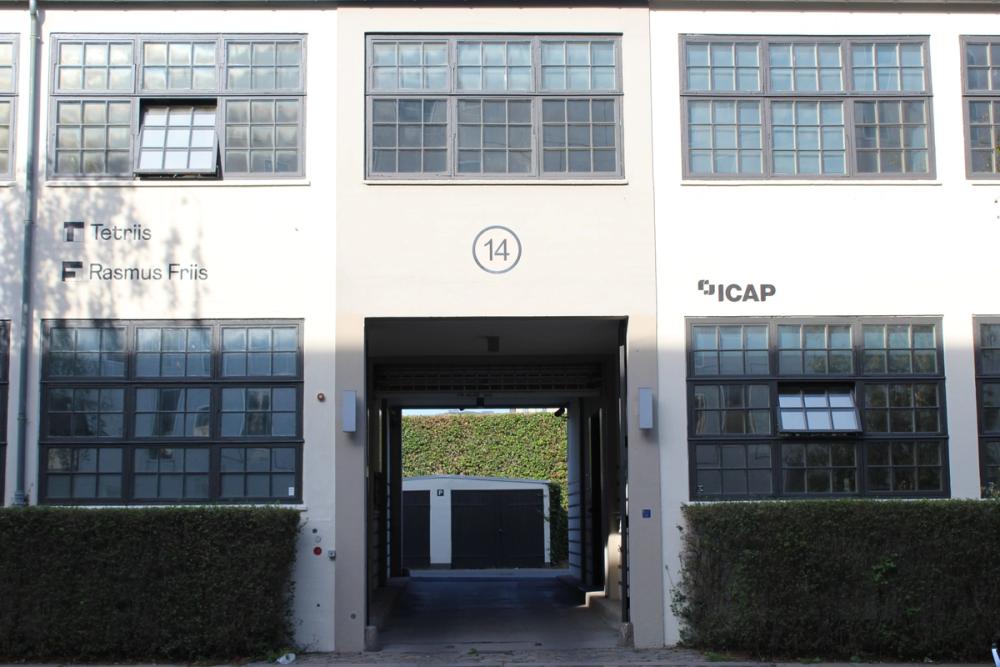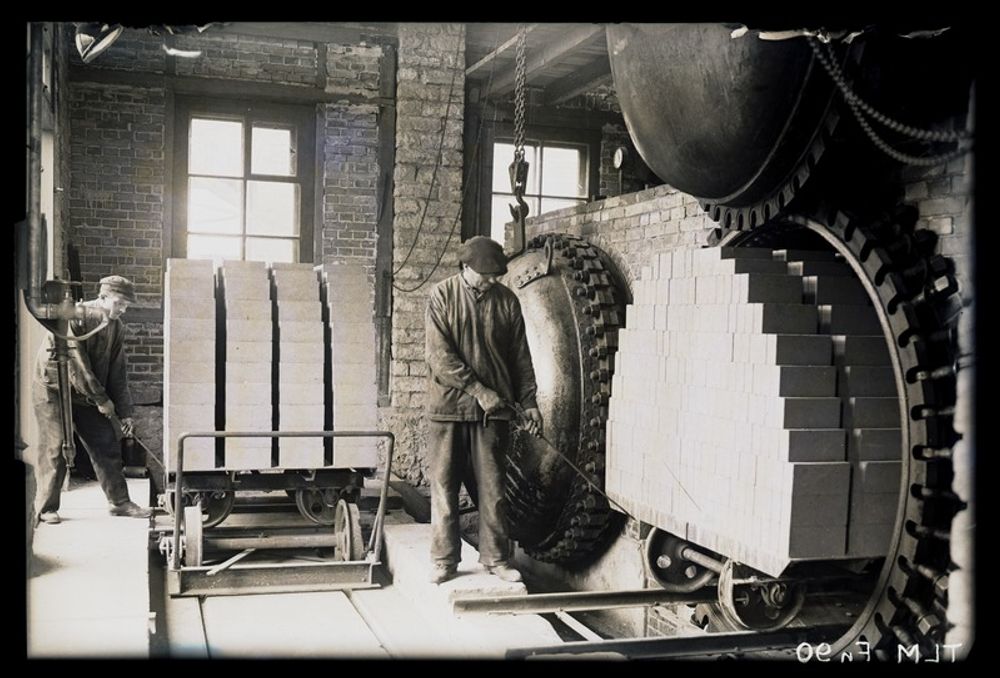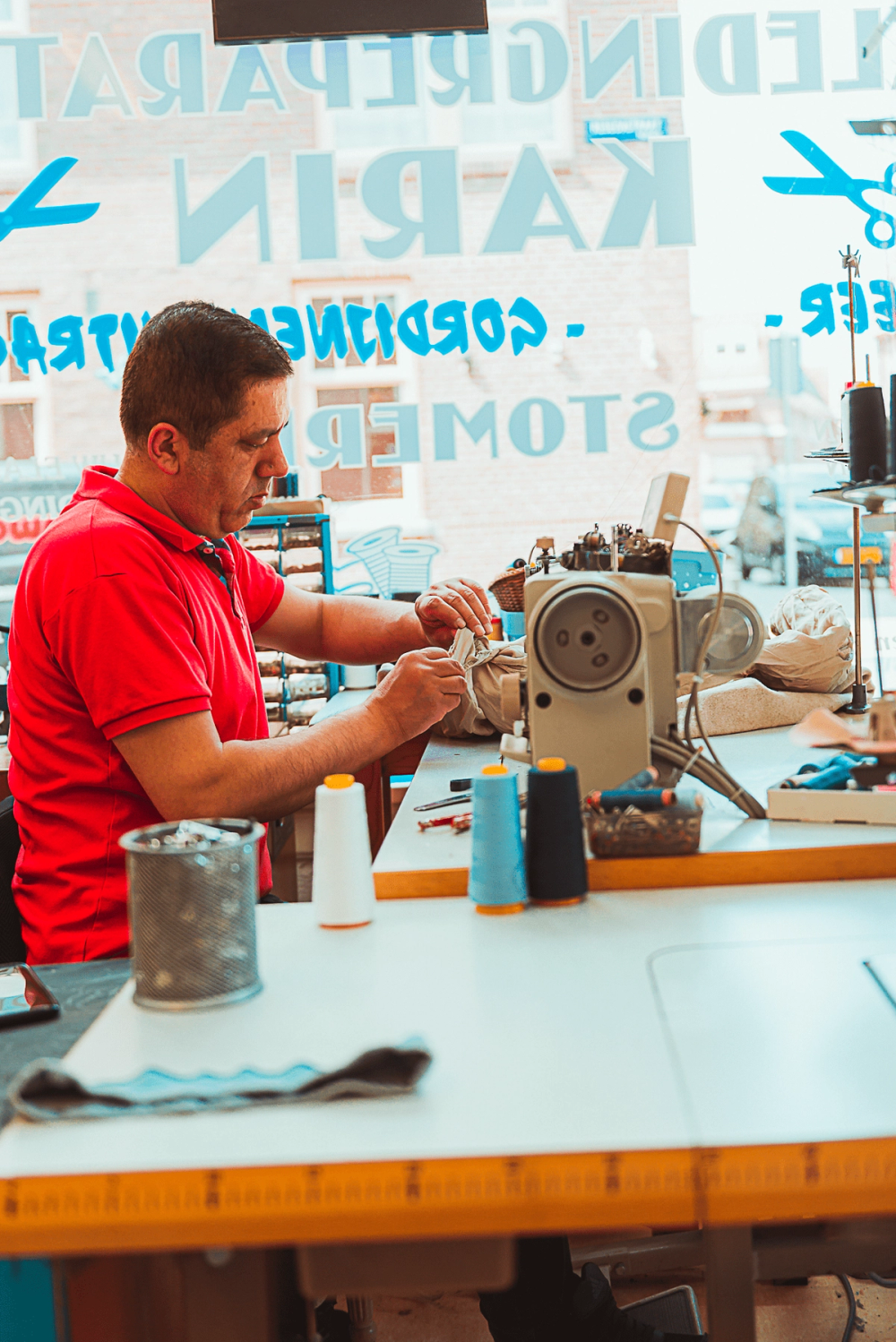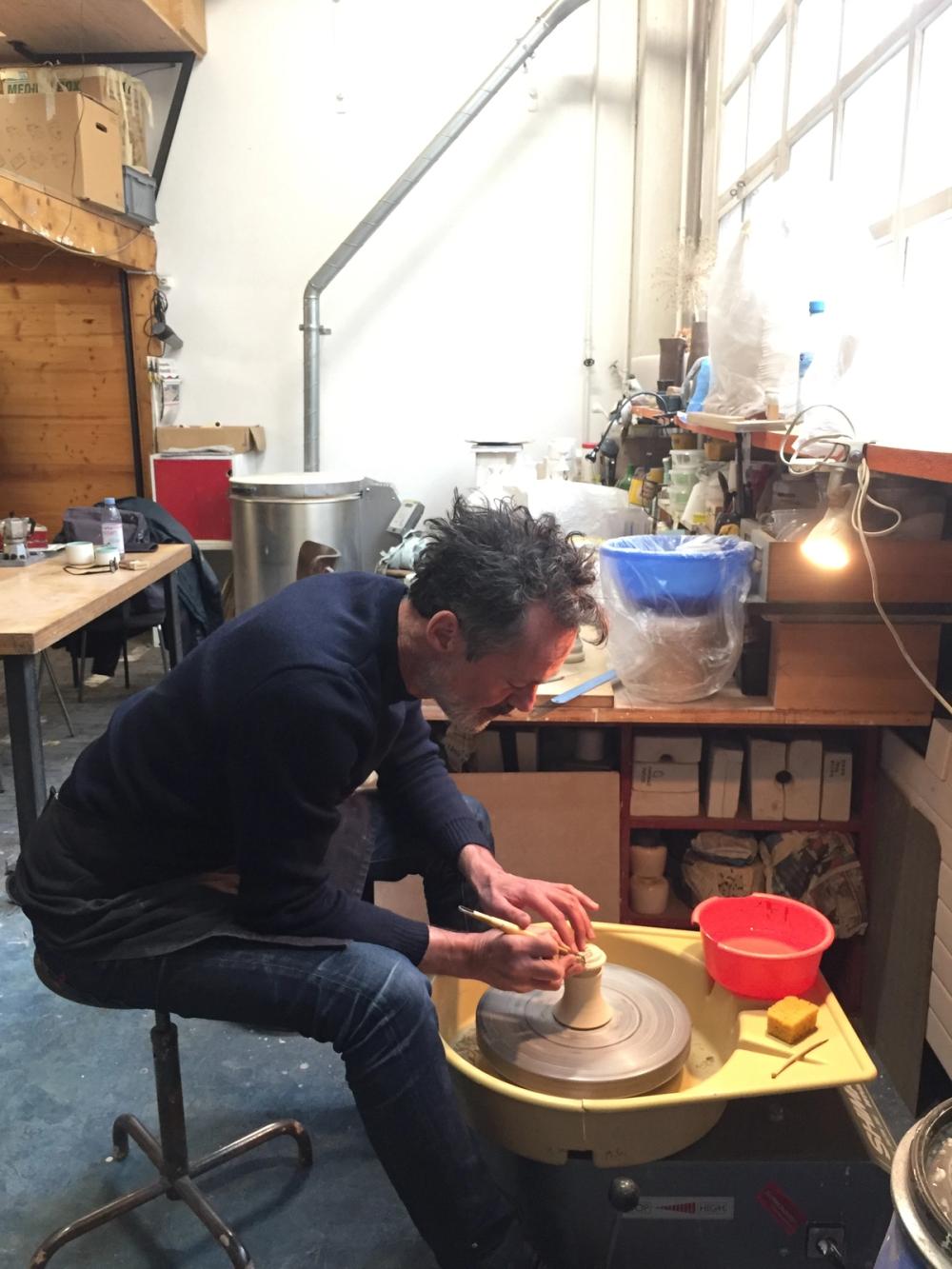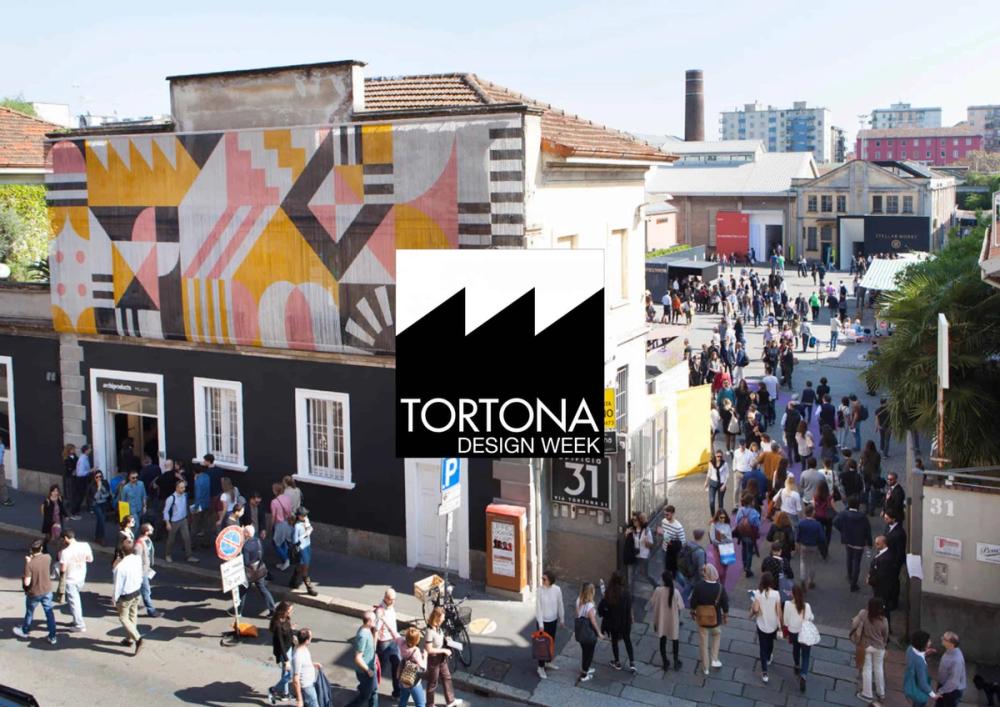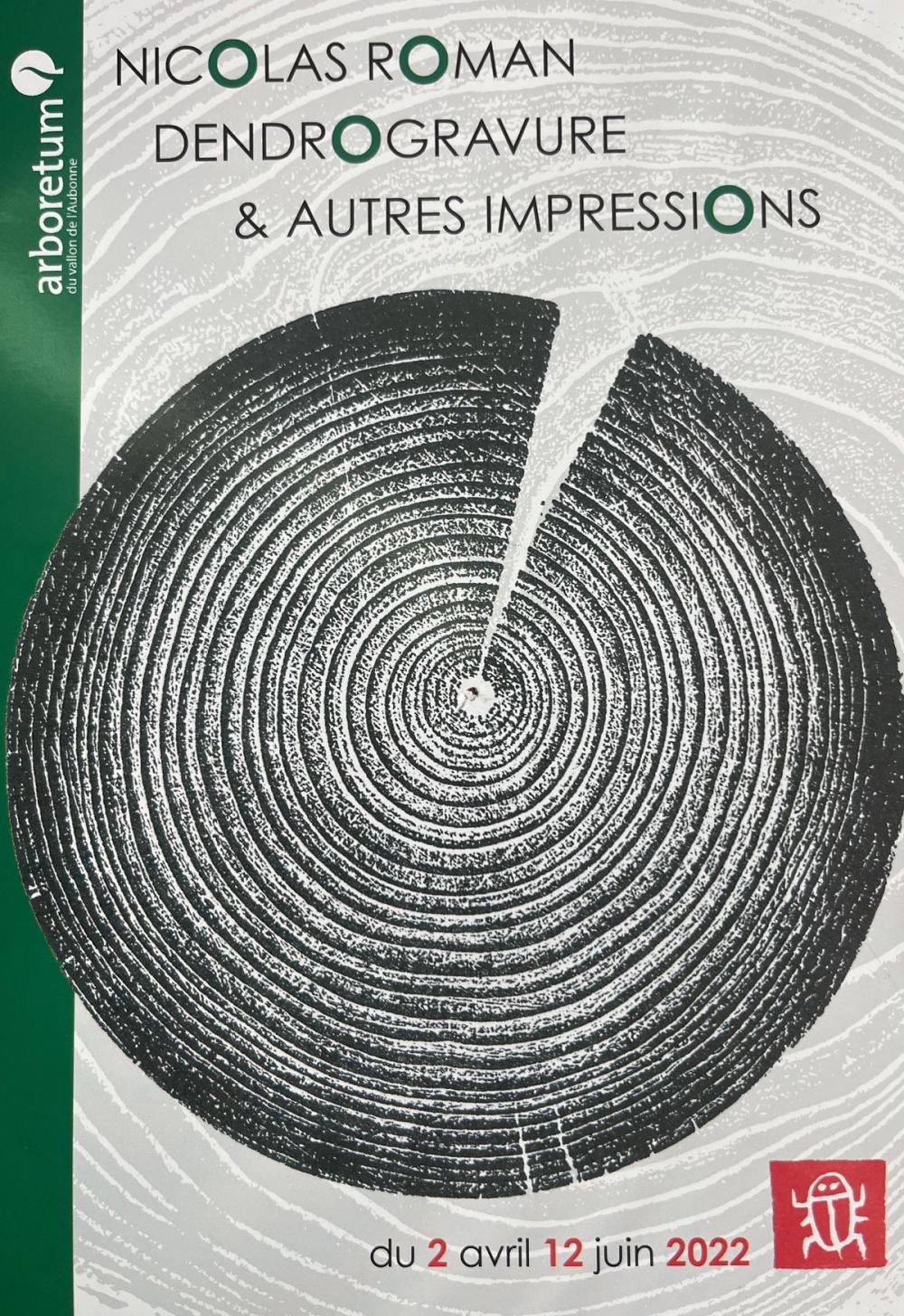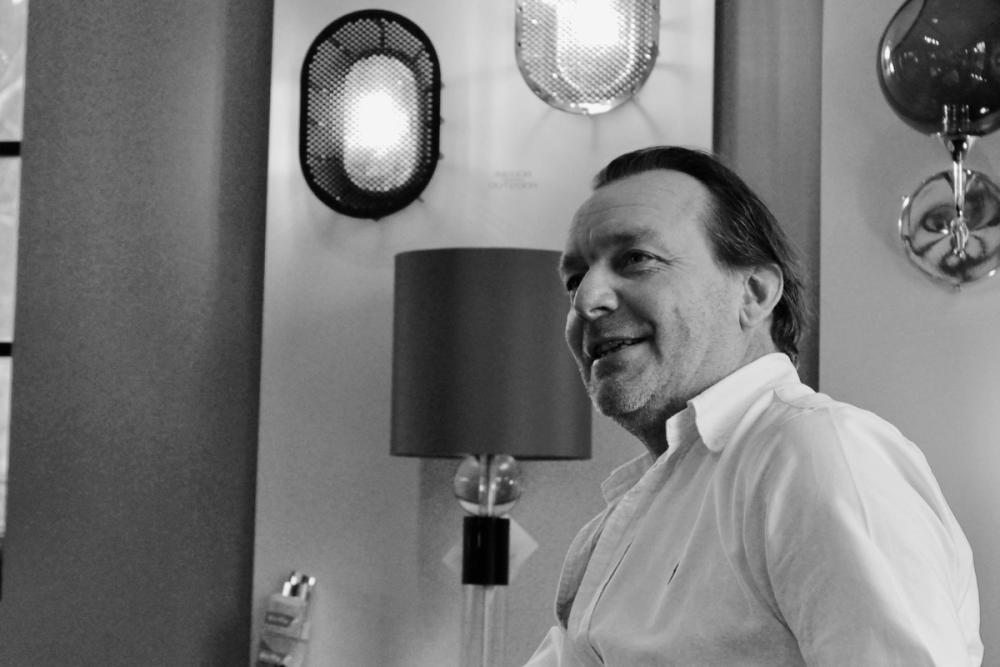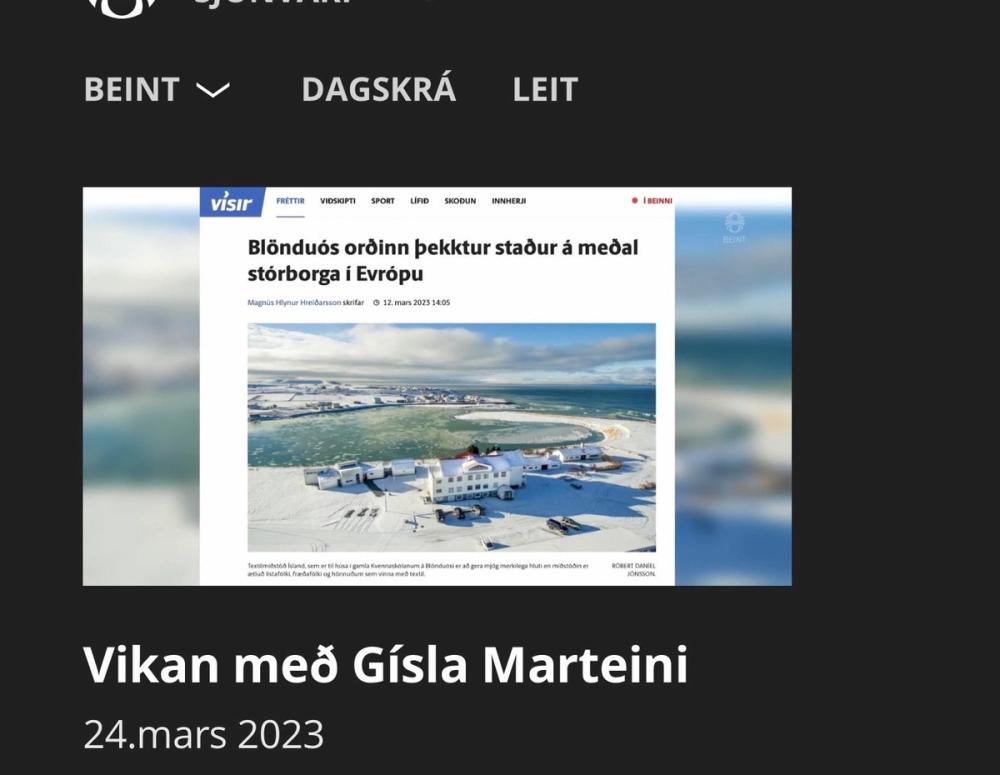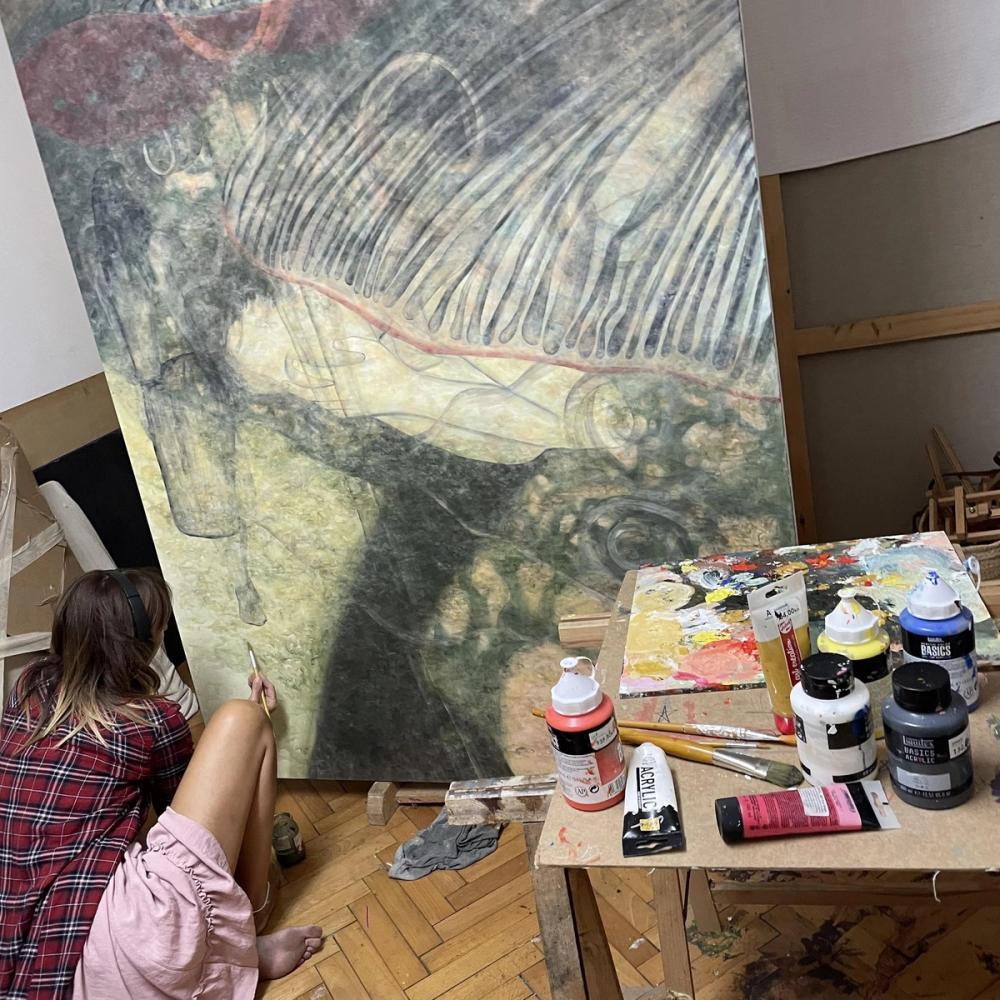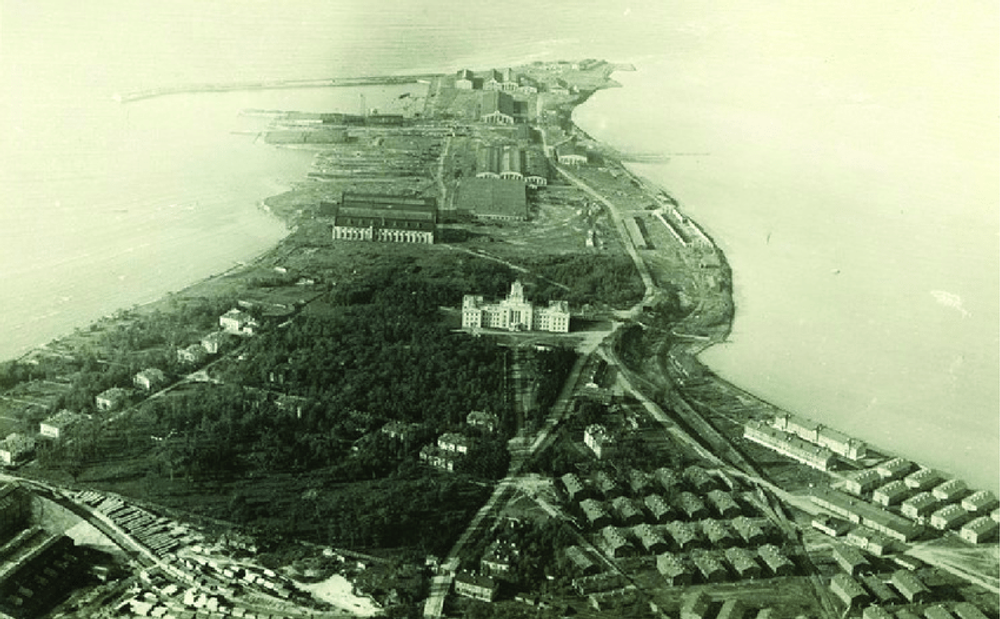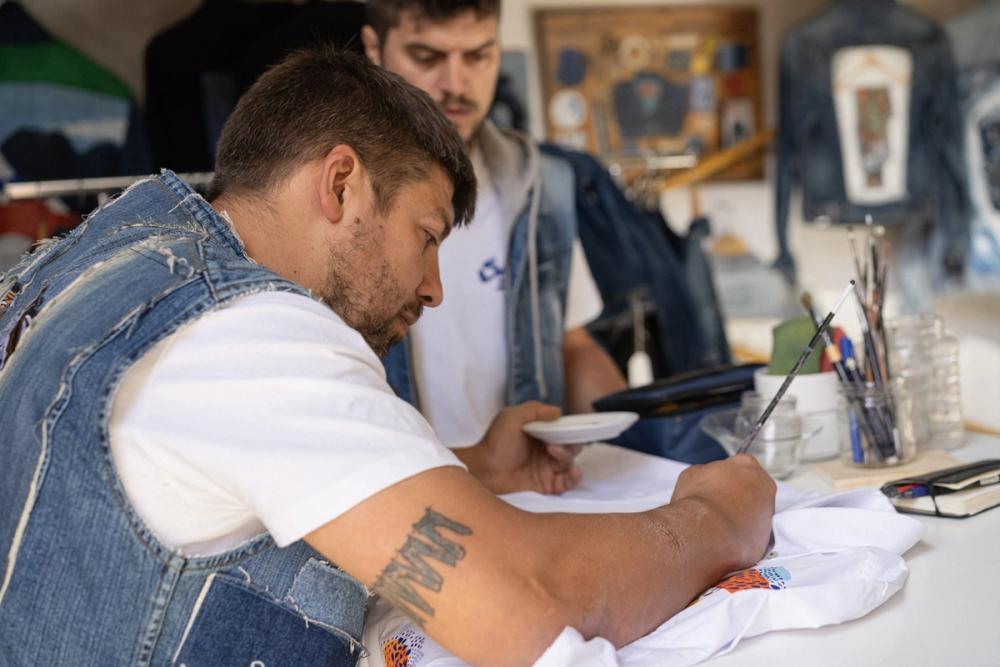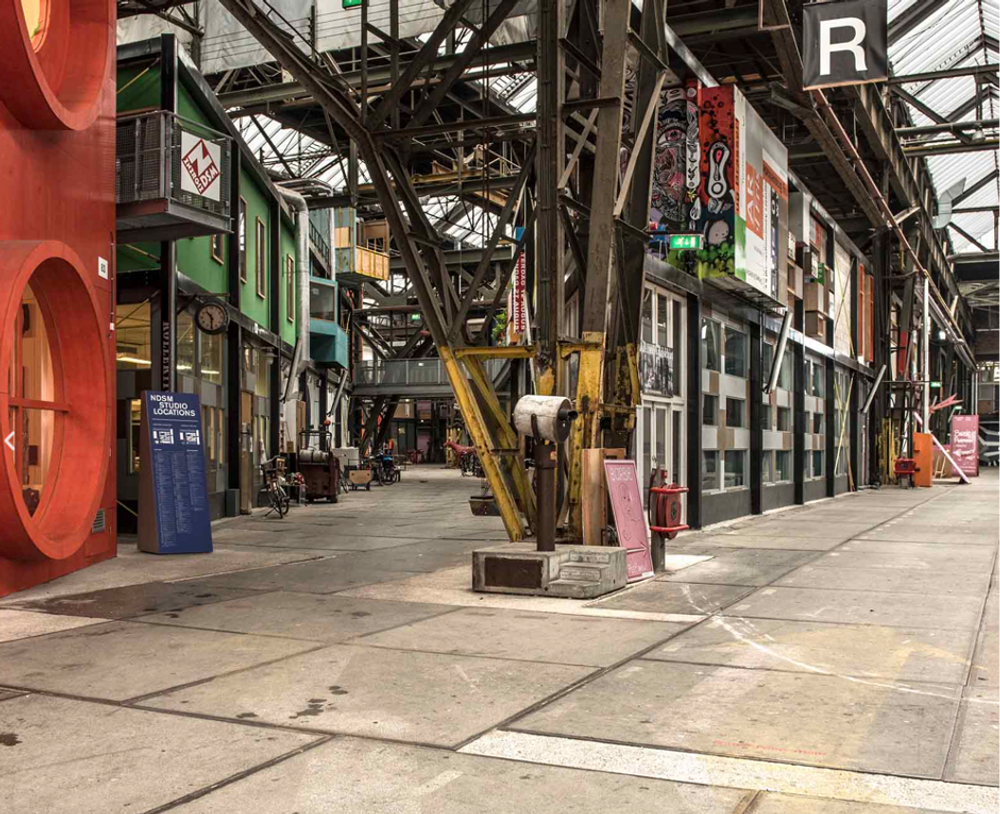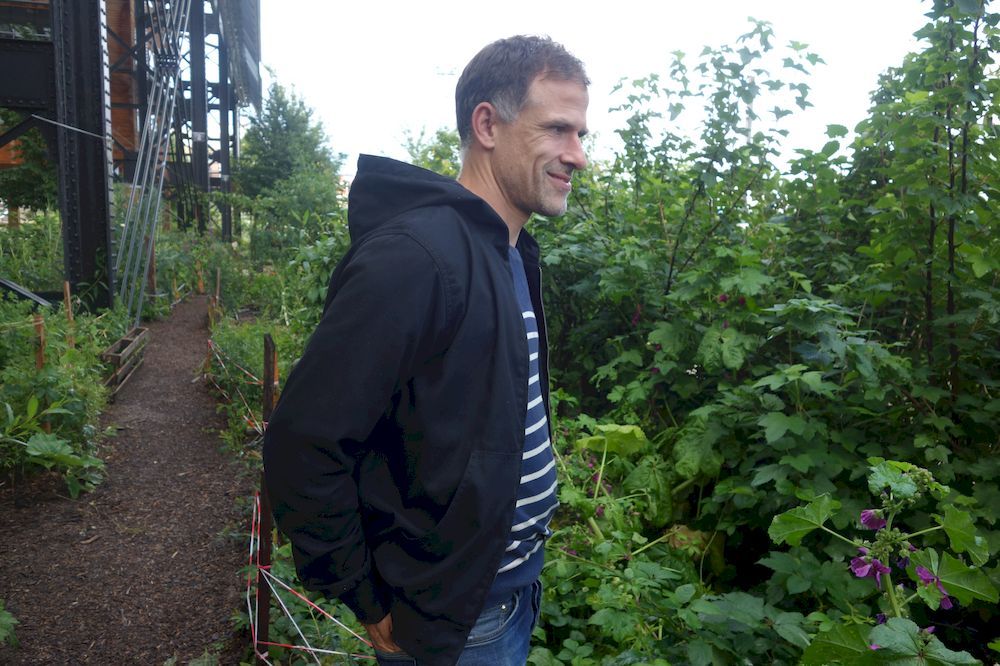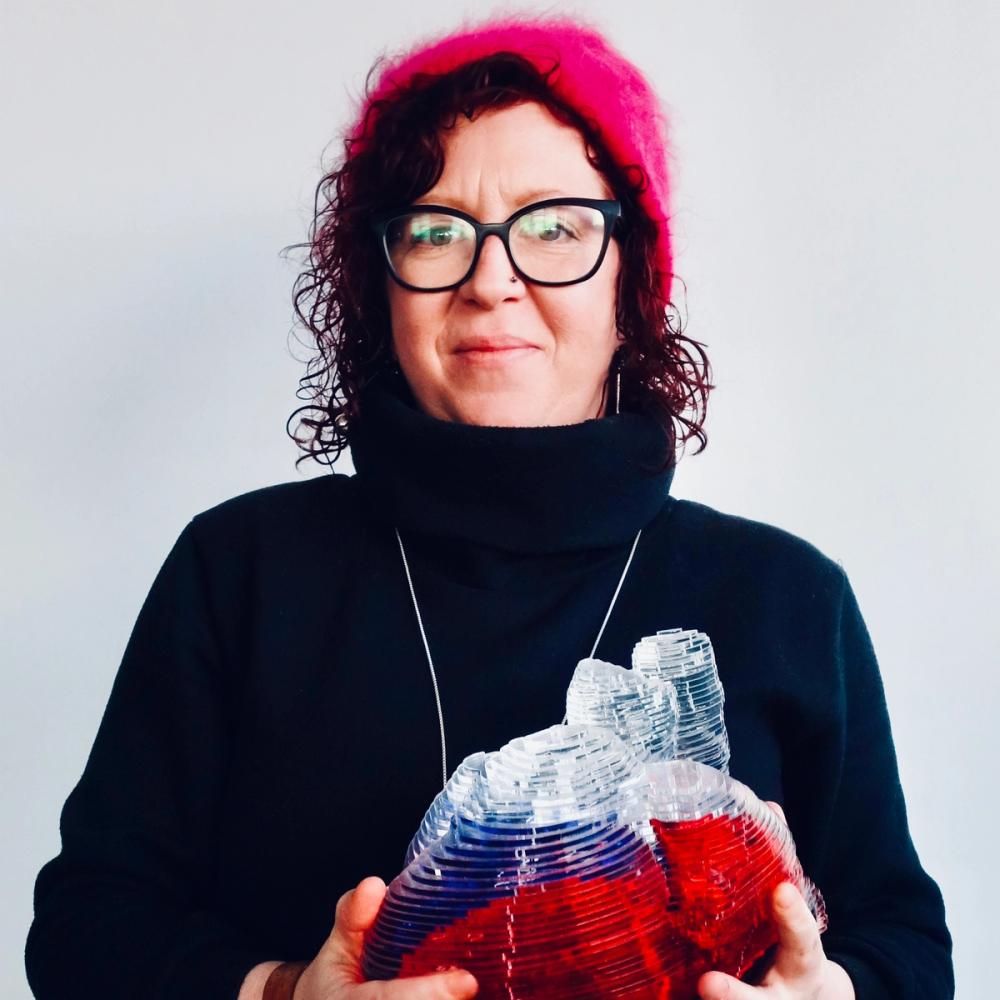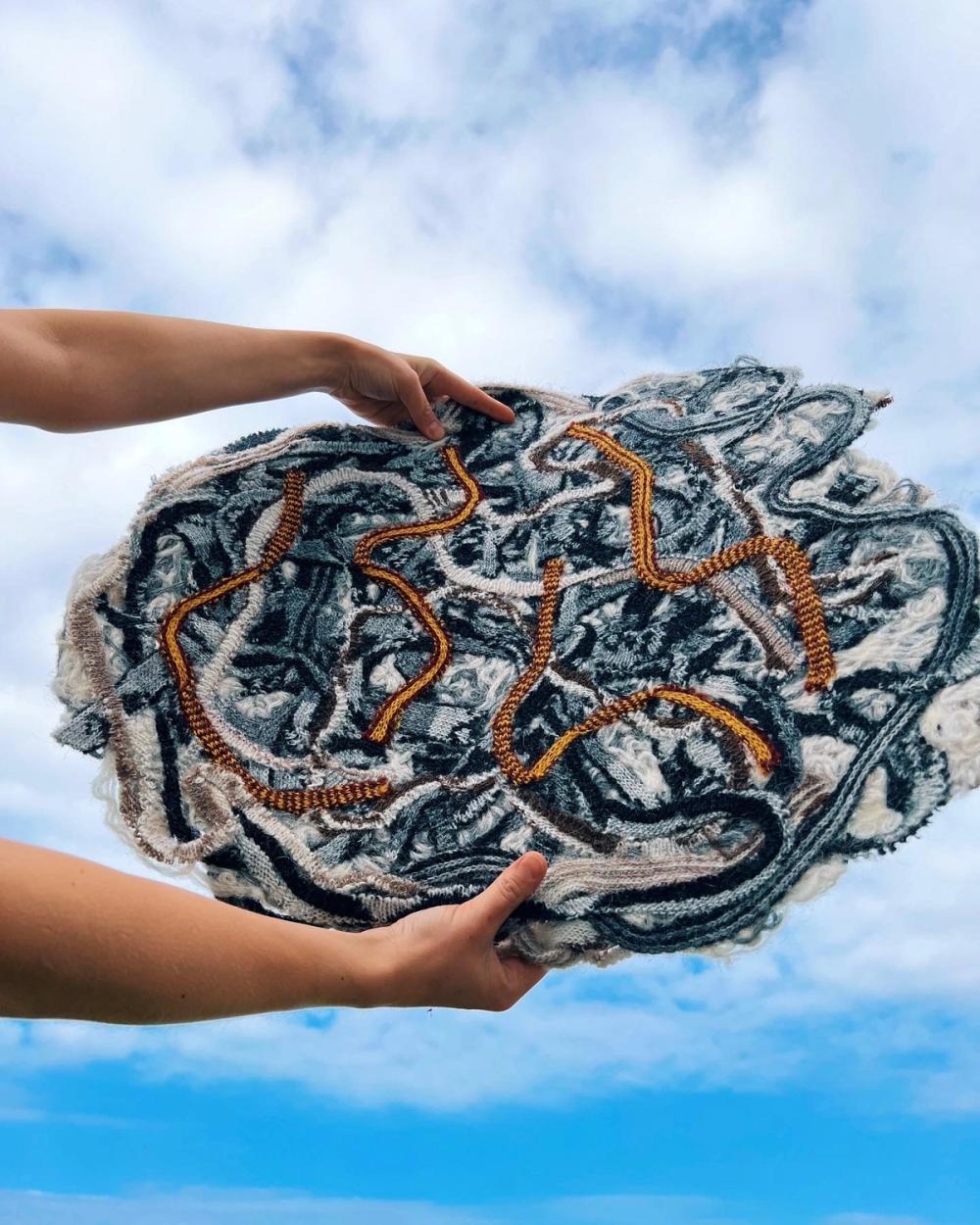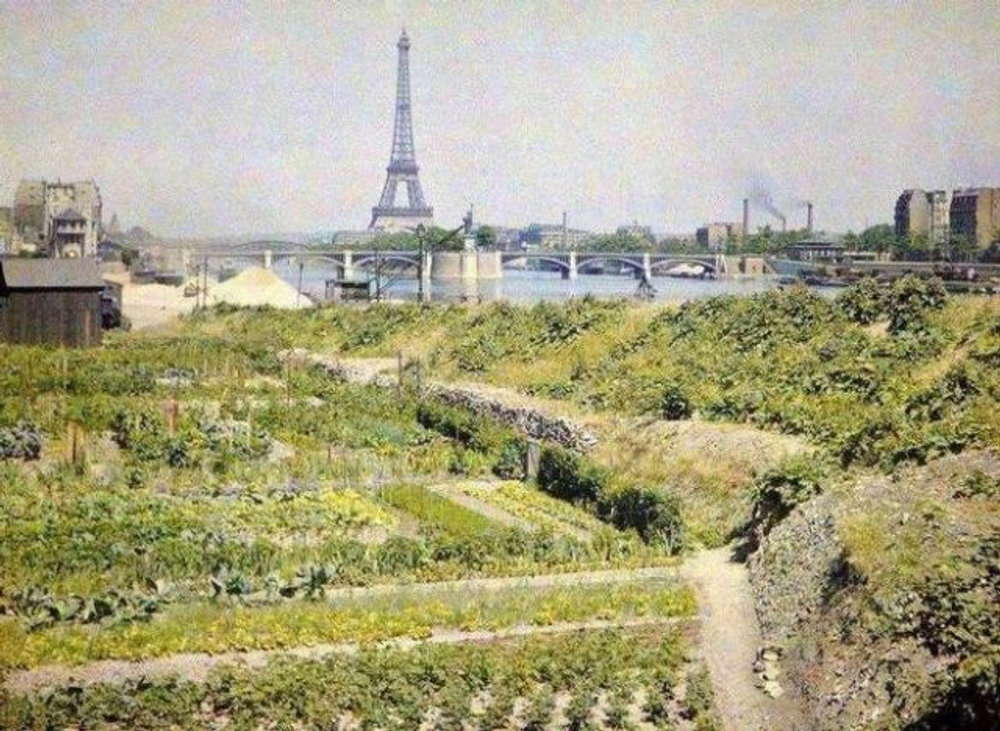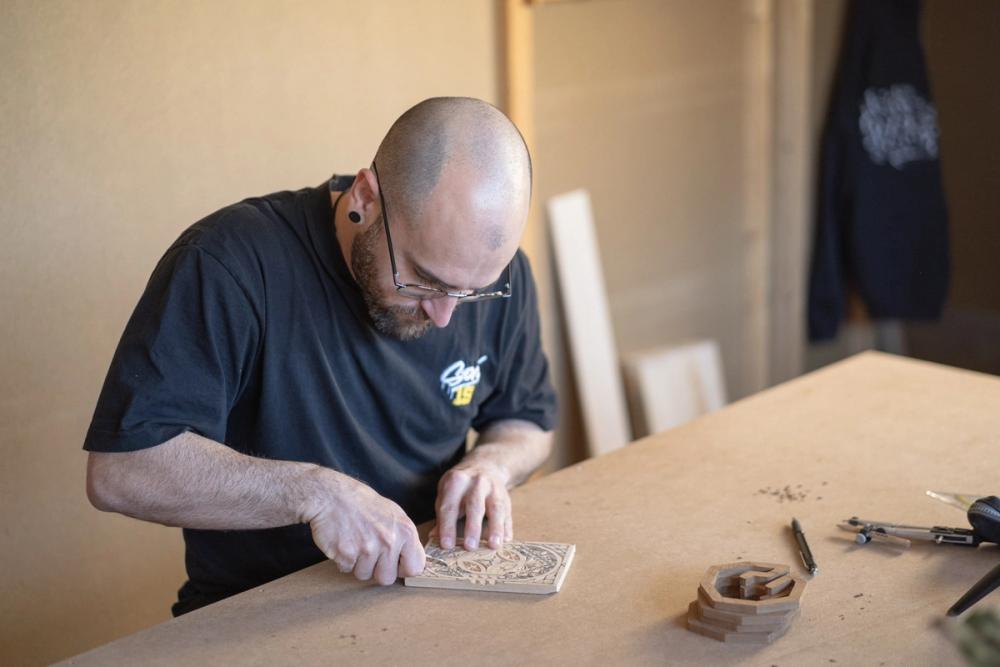The S-biotica studio is based in Proyecto Paraguay, a creative co-working space in Sant Martí, where Jessica and Lara work alongside biological collaborators such as mycelium, plants, algae, and organic waste. In an effort to make biodesign accessible to the entire community, they have set up the infrastructure, tools and resources necessary to work and design with organic materials and living systems.
They focus their practice on biomaterial research and design (R&D), educational workshops and collaborate with industry, academia, and designers across different disciplines. Their projects explore biological systems, material narratives, and sensory explorations, combining craftsmanship with digital fabrication. They believe that material-driven design can empower us to build and inspire new material futures that nourish, comfort, console us and keep us and our biological counterparts alive and thriving.

